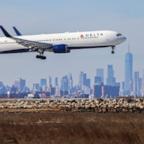Stunning Photos of NASA's Orion: From Launch to Splashdown
NASA's new spacecraft could one day carry astronauts to Mars.
— -- Orion's maiden voyage was picture perfect from the moment it launched from Florida this morning until it splashed down four and a half hours later in the Pacific Ocean.
Nicknamed "America's spacecraft," Orion blasted off on an unmanned test mission this morning from Cape Canaveral to the delight of NASA engineers, who had been forced to scrub the launch on Thursday after a trio of problems.
During its four-and-a-half hour journey, the space capsule passed a series of milestones, flying through the Van Allen radiation belts and even managing to send the first live video of the entire globe back to Earth since Apollo 17 in 1972.
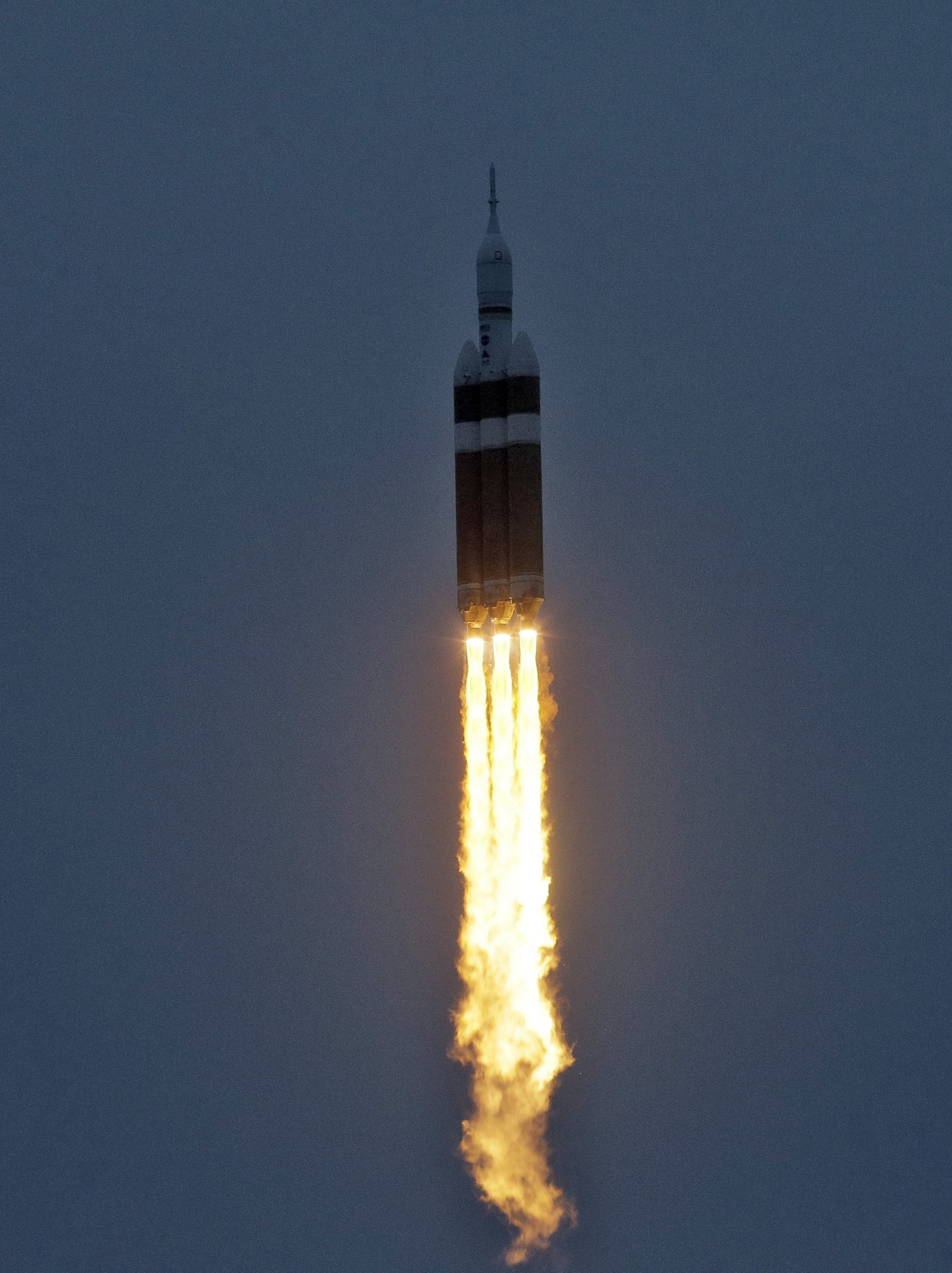
The spacecraft, which could one day ferry astronauts to Mars, orbited Earth twice at an altitude of 3,600 miles before splashing down 600 miles off the coast of California at 11:29 a.m. ET.
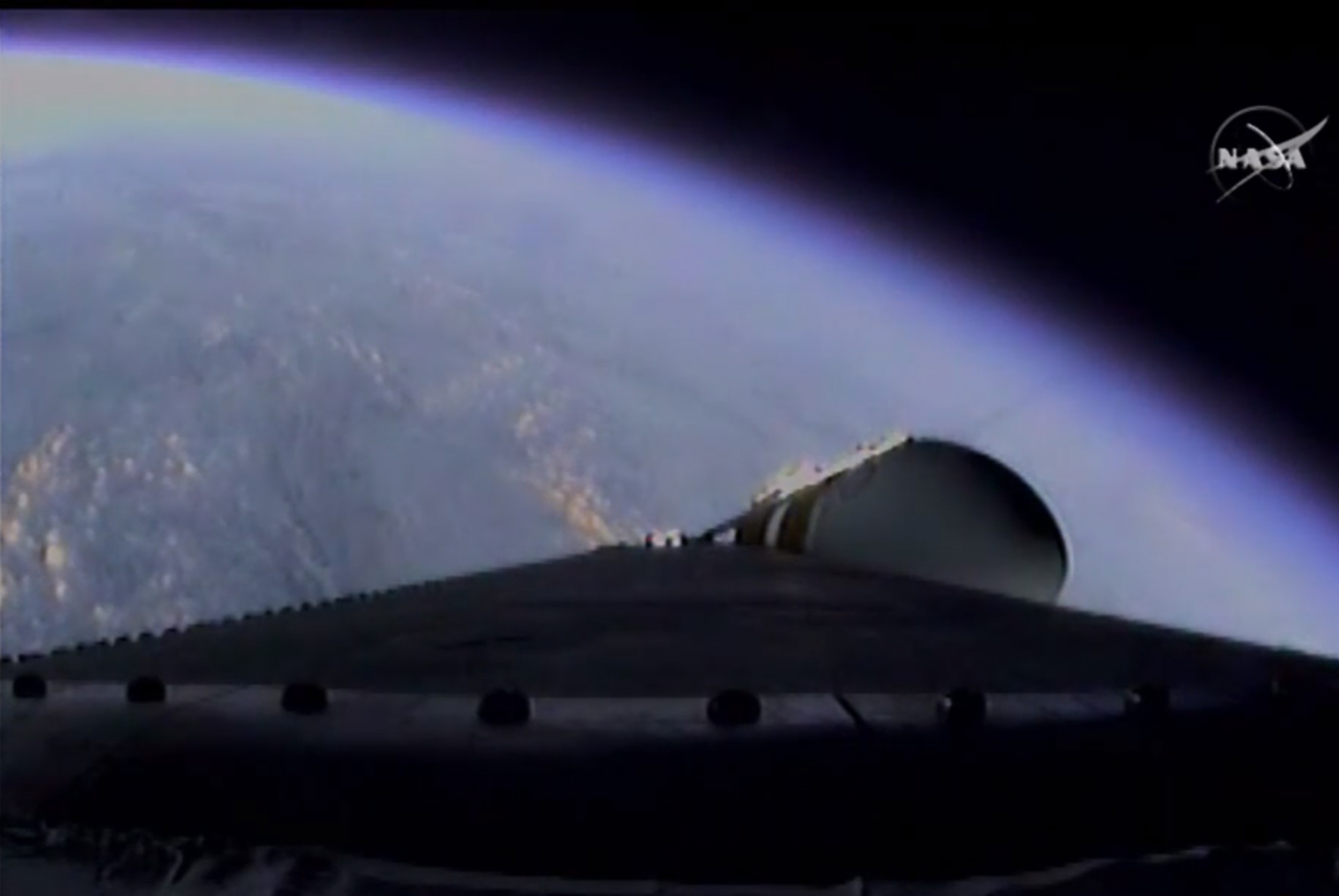
The capsule plunged toward Earth at a speed of 20,000 mph and reaching temperatures twice as hot as molten lava. Engineers at NASA and Lockheed Martin gathered data that will be analyzed over the next few days, according to NASA.
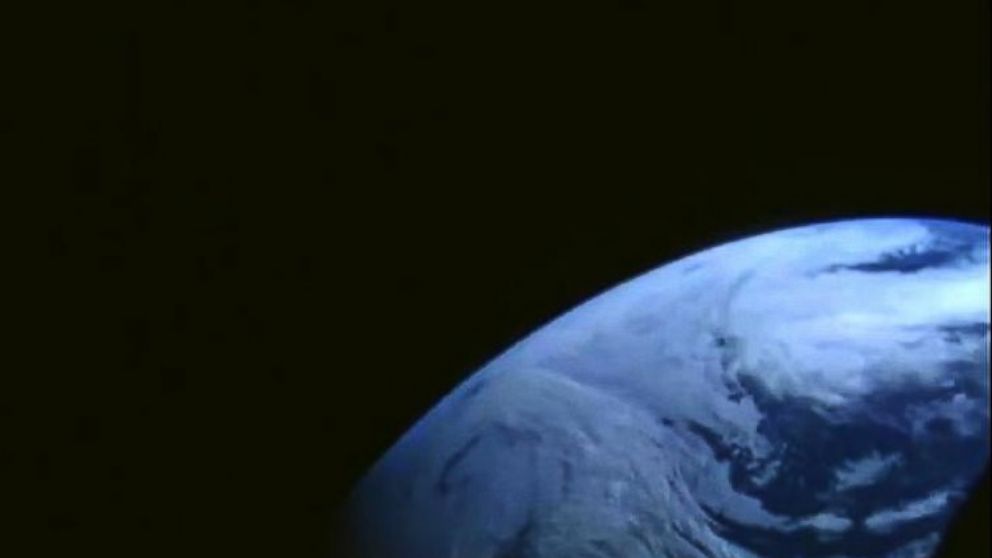
It appeared Orion's re-entry couldn't have been more perfect. A system of 11 parachutes deployed to help slow the capsule down to just 20 mph when it hit the surface of the Pacific Ocean.
The capsule will be recovered by the U.S. Navy and will be towed back to land by either the USS Anchorage or the USNS Salvor, according to NASA.
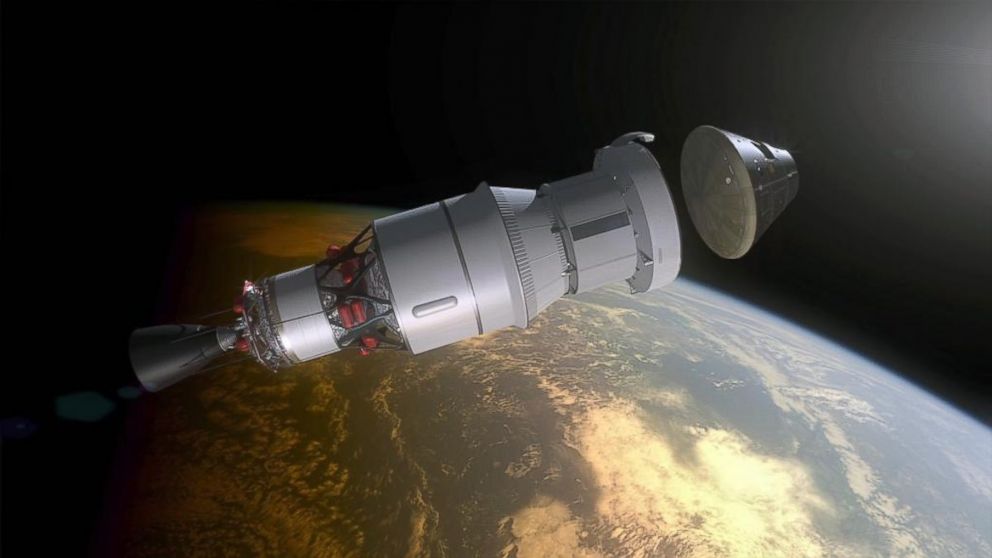
Orion had an impressive journey today, traveling 60,000 miles and venturing farther into space than any ship for humans has traveled in more than four decades.
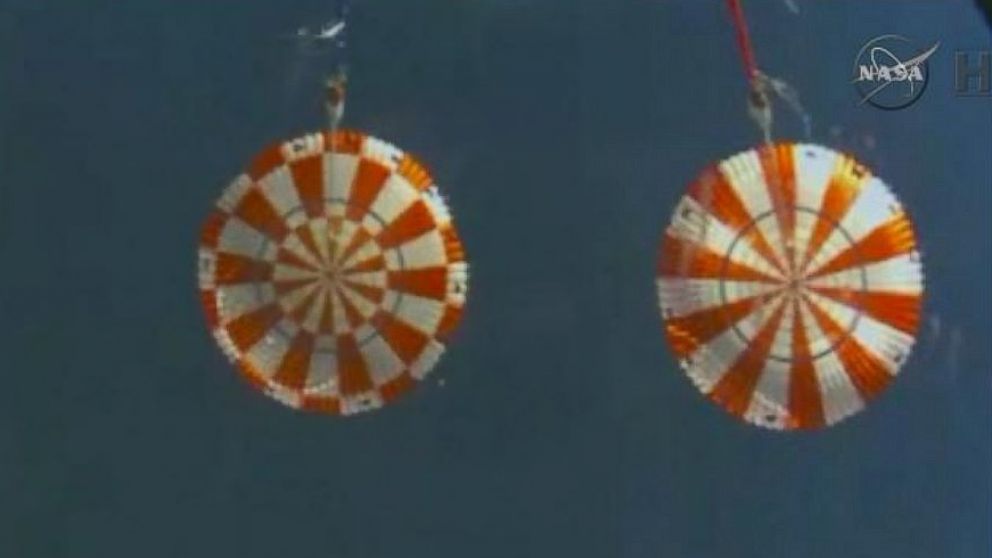
The next step for Orion will be another launch to circle the Moon in 2018, then a manned mission to the Moon in 2020.
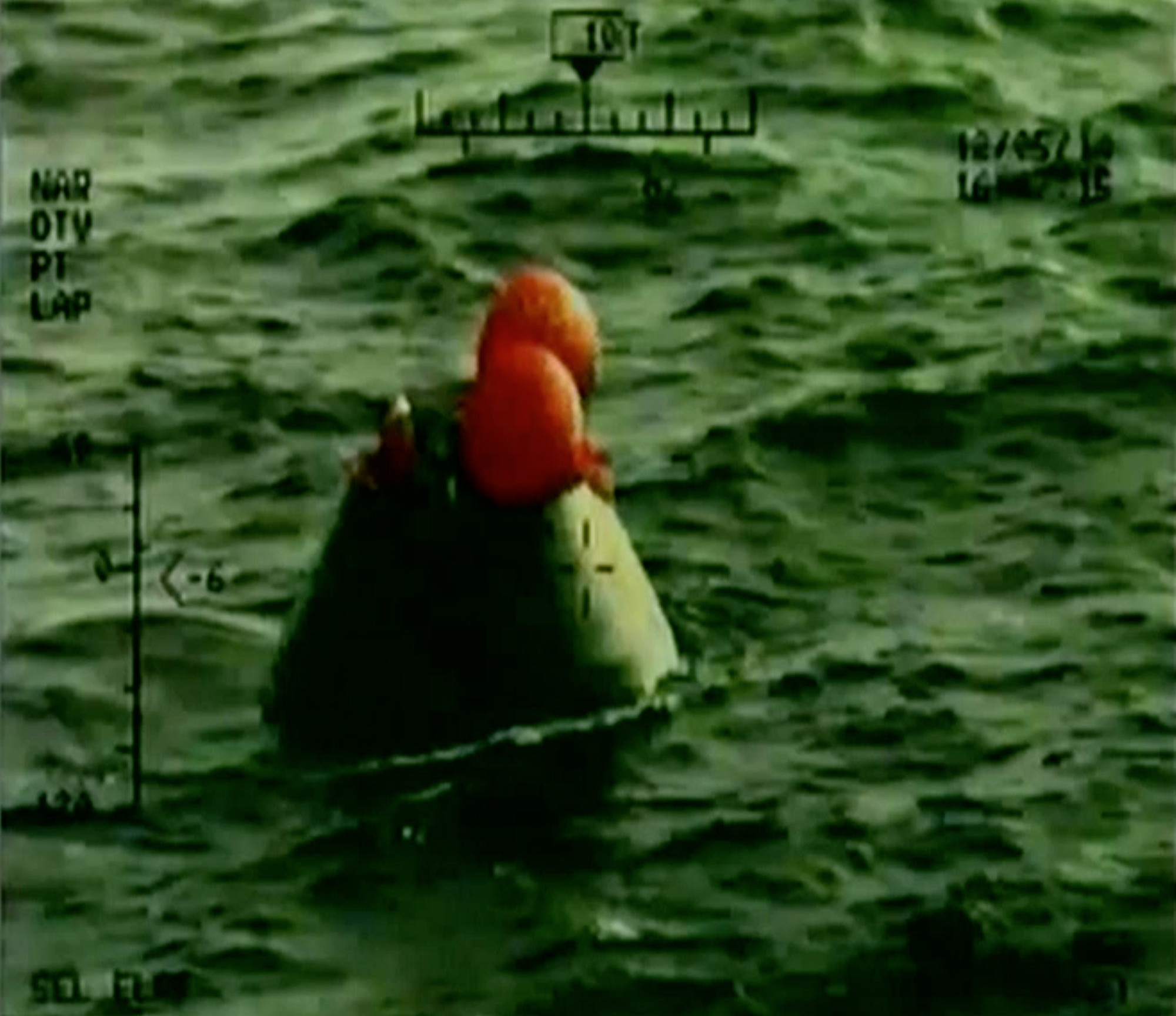
The capsule, which has a conical shape just like its Moon-shot era predecessor, the Apollo, seats four astronauts.
While the design may be the similar, Orion is equipped with technology that is light-years ahead of the retired spacecraft.
Orion's computer can process 480 million instructions per second. It's also 25 times faster than the computers at the International Space Station, according to NASA.


